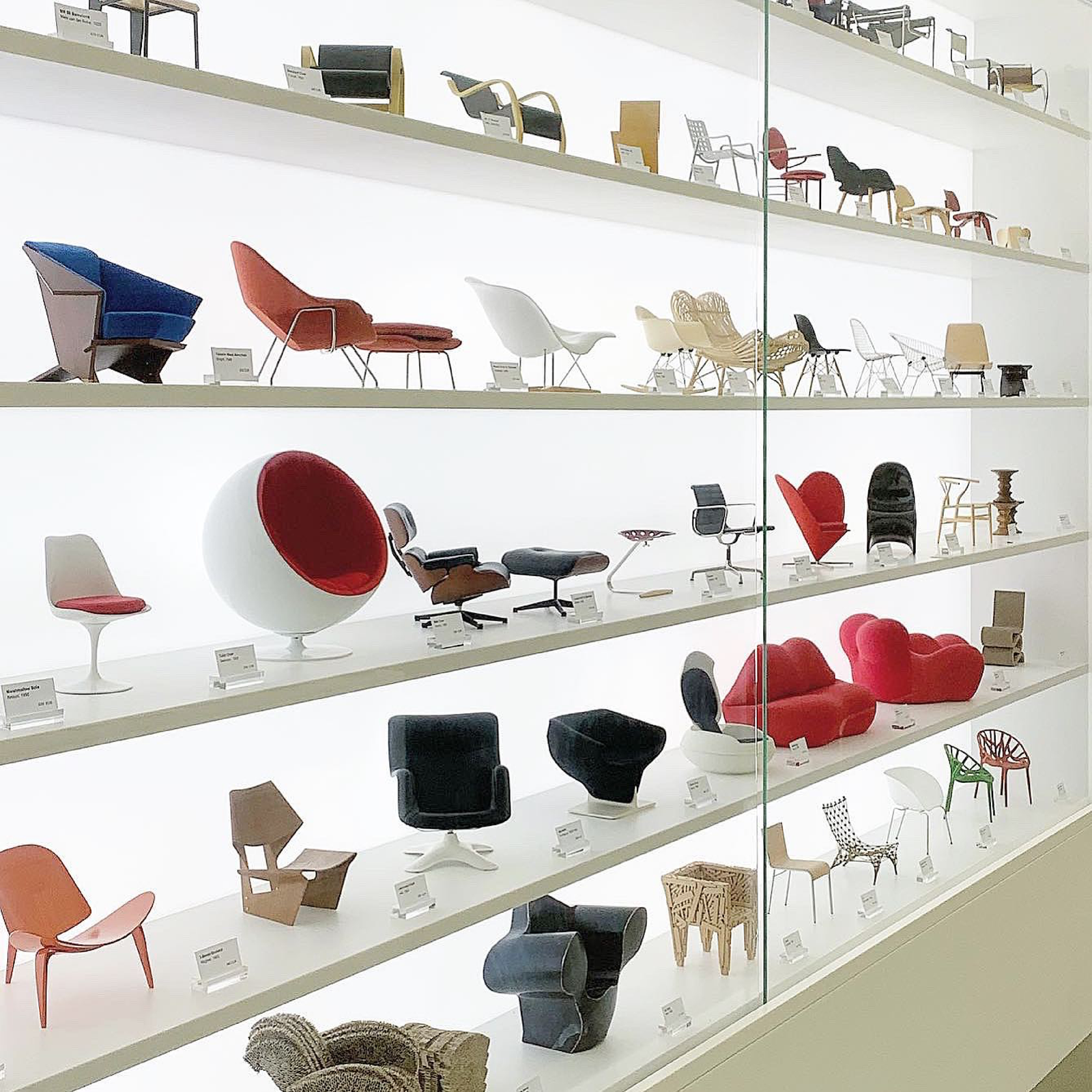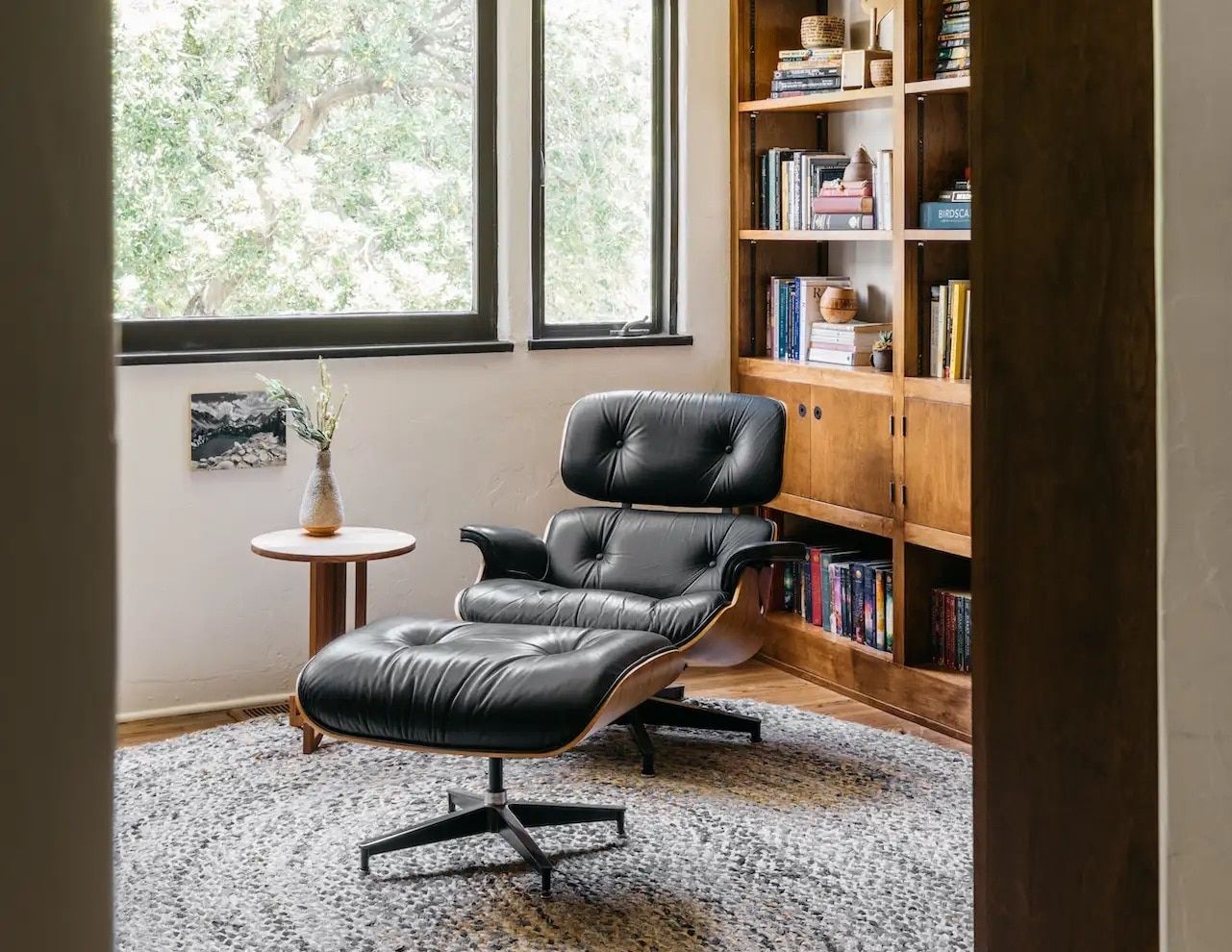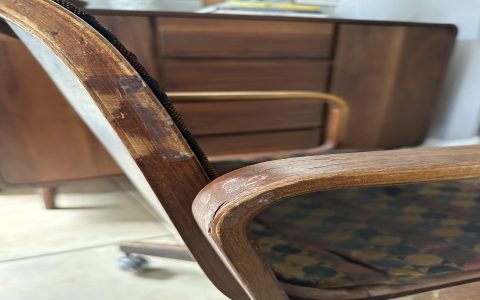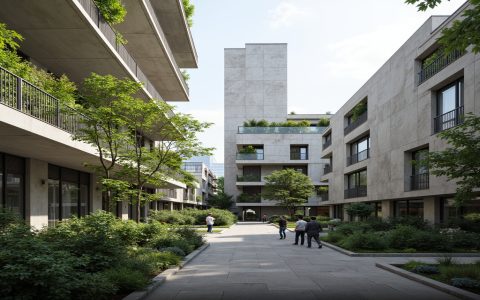Mid-century modern chairs command premium prices, yet their enduring appeal and exceptional construction often justify the investment. These icons transcend trends, offering lasting value through superior design, materials, and craftsmanship.
The Investment Perspective
While initial costs are high, purchasing an authentic piece from an authorized manufacturer is investing in design history and quality. Unlike disposable furniture, these chairs retain and often increase in value over decades, becoming appreciating assets within your home. The cost reflects:
- Uncompromised Materials: Premium leathers, solid woods (teak, walnut, rosewood), and high-grade metals or fiberglass.
- Precision Manufacturing: Complex molding techniques (for plywood, fiberglass) and meticulous hand-finishing.
- Licensing & Royalties: Payments to the original designers' estates or manufacturers upholding their legacy.
Built to Last Generations
Their longevity stems from fundamental construction principles:

- Structural Integrity: Robust frames, often steel or solid wood, engineered for strength and resilience. Finishes resist wear and patina beautifully.
- Timeless Ergonomics: Extensive research into human posture ensures enduring comfort that modern pieces often lack.
- Replaceable Components: Manufacturers offer comprehensive repair services and parts replacement for decades-old models.
Beyond Function: Enduring Relevance
The true "forever" quality lies in their design mastery:
- Form Follows Function: Aesthetic purity arises from solving core problems like comfort and manufacturability. This clarity rarely dates.
- Iconic Silhouettes: Their distinct, sculptural forms remain visually striking and instantly recognizable across generations.
- Adaptable Aesthetics: Clean lines and neutral palettes integrate seamlessly into diverse decor styles, past and present.
Prime Examples Demonstrating Value
Consider these icons:
Eames Lounge Chair & Ottoman (1956): A masterpiece of molded plywood, leather upholstery, and cast aluminum. Its complex curves, comfort, and meticulous assembly epitomize lasting quality and remain supremely desirable.
Mies van der Rohe Barcelona Chair (1929/1950): Hand-welded stainless steel frame and premium leather straps/buttons. Its elegant simplicity and structural ingenuity ensure it looks as groundbreaking today as it did nearly a century ago.
Arne Jacobsen Egg Chair (1958): Pioneering use of molded fiberglass-reinforced foam for seamless form and enveloping comfort. Its sculptural presence defines spaces permanently.

Ultimately, these chairs are not merely furniture; they are functional art designed with an intrinsic focus on longevity. Their cost reflects superior materials, engineering, and timeless aesthetics that continue to resonate powerfully, making them heirloom pieces that truly last forever.







